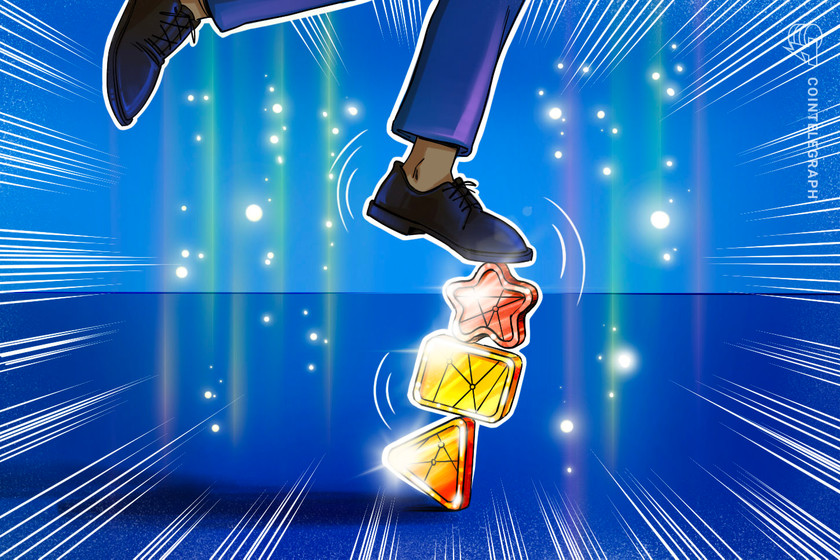5 ways to monetize your digital art with NFTs


Monetizing digital art with NFTs provides proof of ownership, increased value and potential for royalties.
Nonfungible tokens (NFTs) offer a new way to sell and distribute digital art, and they have the potential to unlock new revenue streams for artists in the digital age. Here are five ways to monetize your digital art with NFTs.
Fractionalized ownership
This involves splitting the ownership of an artwork into smaller parts and selling them as tokens, allowing multiple investors to own a stake in the artwork. For example, an artist can create 100 tokens for a piece of art and sell them to 100 different buyers, each of whom owns a share of the artwork.
Related: How do you assess the value of an NFT?
Dynamic NFTs
Dynamic NFTs are a type of NFT that changes over time, creating a unique and evolving experience for the owner. Dynamic NFTs can use external data sources to update the artwork, such as social media feeds or actual occurrences.
For example, “The Eternal Pump” is a dynamic NFT that changes in response to the rise and fall of the cryptocurrency market. The artwork gets more complex and elaborate as the value of cryptocurrencies rises, while it gets more straightforward and abstract as their value falls. Because they allow viewers to follow changes to the artwork and see it develop over time, dynamic NFTs can bring a new degree of involvement and engagement to collectors.
Feeling incredibly fortunate to have been one of the lucky few to pick up one of @dmitricherniak's works, The Eternal Pump, on the @artblocks_io Artist Playground today. Another stunning body of work by a fantastic artist. pic.twitter.com/NRywp1kQaC
— pixelpete (@pixelpete) February 22, 2021
Dynamic NFTs can be monetized via auction, where collectors can bid on them, and the highest bidder takes ownership. Dynamic NFTs that are highly sought after, due to their unique features and evolving nature, can command high prices at auction. Additionally, using subscription-based systems, artists can offer collectors exclusive dynamic NFTs for a fee. These NFTs might vary frequently, offering subscribers a steady stream of fresh content.
Royalties
NFTs can be programmed to automatically pay the artist a percentage of the sale each time the NFT is resold on a secondary market. This allows artists to continue to profit from their work even after the initial sale. For example, the digital artist Pak sold an NFT called “The Fungible” for $502,000, and the NFT was automated to pay the artist a 10% royalty on every subsequent sale. Since then, the NFT has been resold multiple times, and the artist has earned over $2 million in royalties.
X/X: Cube
Fungible* Open Editions
The number of owned cubes will deliver a personalized set of NFTs totaling the same fungible cube count. pic.twitter.com/p5qO4NgHJp
— Pak (@muratpak) April 6, 2021
Gamification
This involves creating interactive nonfungible tokens that users can play with or use in games. For example, Axie Infinity is a game that uses NFTs as game assets, with players able to buy, sell and trade them to build their game characters.
In addition, NFTs can be given as rewards for achieving particular goals or activities in a game or app. For instance, a fitness app may offer nonfungible tokens to users who reach their daily workout targets.
Related: What is STEPN (GMT)? A beginner’s guide on the Web3 lifestyle app
Physical asset tie-ins
Physical asset tie-ins with NFTs involve linking a physical object to a unique digital asset, typically using a unique identifier or code. This can provide a way to verify the authenticity and ownership of the physical object, while also allowing for the transfer of ownership and value of the associated digital asset.
That said, an NFT can be used to represent ownership of a physical asset, such as a piece of real estate or a car. For instance, a company called CarForce is developing NFTs that reflect ownership of high-end automobiles, with the NFT serving as a digital car key that permits the owner to enter and operate the actual automobile.
Related: What is tokenized real estate? A beginner’s guide to digital real estate ownership




